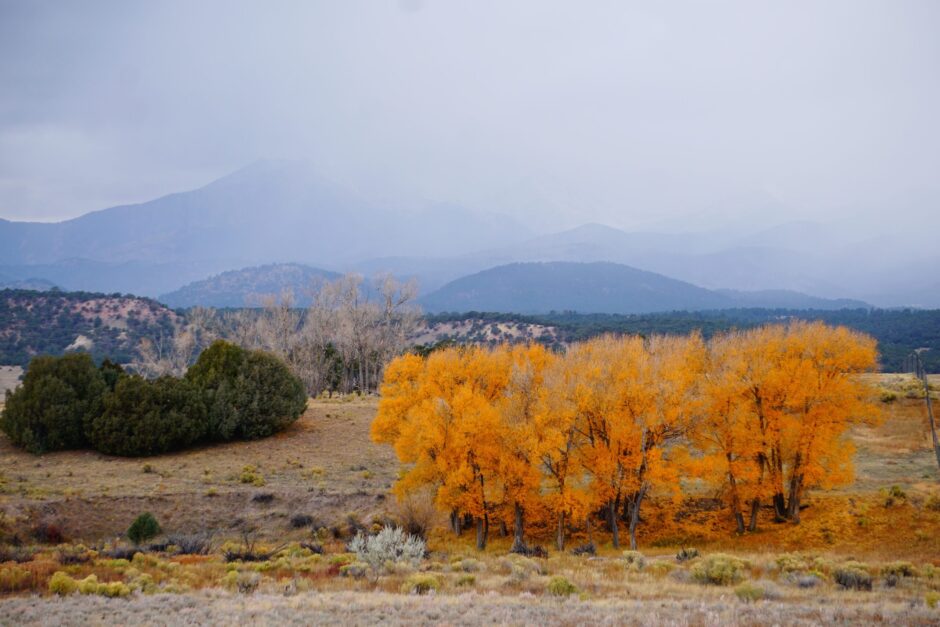So I recently finished Fawn Brodie’s biography of Mormon prophet Joseph Smith, No Man Knows My History, and I rank it as one of the best biographies of an historical American figure I’ve ever read, although T.J. Stiles’s Jesse James: Last Rebel of the Civil War is a close second. Both feature frightening depictions of Independence, Missouri in the pre-Civil War era. The Haun’s Mill Massacre episode and its aftermath—when the Mormons were expelled from Far West, Missouri—should be a movie, and shows the violent and shocking side of frontier life.
What’s most impressive about Fawn Brodie’s explanation and explication of Joseph Smith: She makes the wacky ways of the early Mormons—the gold plates, the seer stones, the invented history of the Native Americans and Jesus in the New World, and polygamy—make total sense. In the East this seems like a quaint, odd corner of American history. In the West it’s part of our daily life. The other day the playground where my daughter slides and swings was full of girls in prairie dresses. Some of them might be Amish or Mennonite, as we have a community of both in Custer County, but we also have a FLDS community here, too, newly formed and growing. One of their 80-acre plots of land is only a couple miles from my house.
The story of how polygamy developed in the Mormon church is odd and rather unremarkable, save for the ego and energy of Joe Smith, and the fact that it has lived on, even after the U.S. government made the Mormons give it up. I’m a fan of HBO’s Big Love, which recently wrapped up its third season. It seems fairly realistic but for the main family of Bill Paxton, Chloe Sevigny, Jeanne Tripplehorn, et al. They seem a bit too glamorous for that world.
- October 2023
- September 2023
- September 2021
- April 2020
- September 2019
- May 2019
- August 2018
- February 2018
- January 2018
- October 2017
- August 2017
- June 2017
- May 2017
- March 2017
- February 2017
- November 2016
- October 2016
- May 2016
- April 2016
- March 2016
- February 2016
- January 2016
- November 2015
- October 2015
- September 2015
- June 2015
- May 2015
- April 2015
- March 2015
- December 2014
- September 2014
- August 2014
- May 2014
- March 2014
- February 2014
- January 2014
- December 2013
- November 2013
- October 2013
- September 2013
- August 2013
- July 2013
- June 2013
- May 2013
- April 2013
- March 2013
- February 2013
- January 2013
- December 2012
- November 2012
- October 2012
- September 2012
- August 2012
- July 2012
- June 2012
- May 2012
- April 2012
- March 2012
- February 2012
- January 2012
- December 2011
- November 2011
- October 2011
- September 2011
- August 2011
- July 2011
- June 2011
- May 2011
- April 2011
- March 2011
- February 2011
- January 2011
- December 2010
- November 2010
- October 2010
- September 2010
- August 2010
- July 2010
- June 2010
- May 2010
- April 2010
- March 2010
- February 2010
- January 2010
- December 2009
- November 2009
- October 2009
- September 2009
- August 2009
- July 2009
- June 2009
- May 2009
- April 2009
- March 2009
Recent Posts
- Aliens Among Us: Probing Hillbillies and Freaking Shut-ins, How Netflix’s “Encounters” and Hulu’s “No One Will Save You” Prep Us for the Coming Alien Apocalypse, Kind of
- My Life as a Bob Odenkirk Character: On How Watching Netflix’s Black Mirror episode “Joan Is Awful” Mimicked My Experience of Watching the AMC series Lucky Hank
- “Bobcats, Bobcats, Bobcats”: Animal Life and a Tribute to “Modern Family”
- “The North Water”: This Ain’t Your Daddy’s Moby Dick
- Day 25: On David Quammen's "Spillover": Terrific Book That Foretold Our Pandemic, Kind of
Recent Comments
No comments to show.
